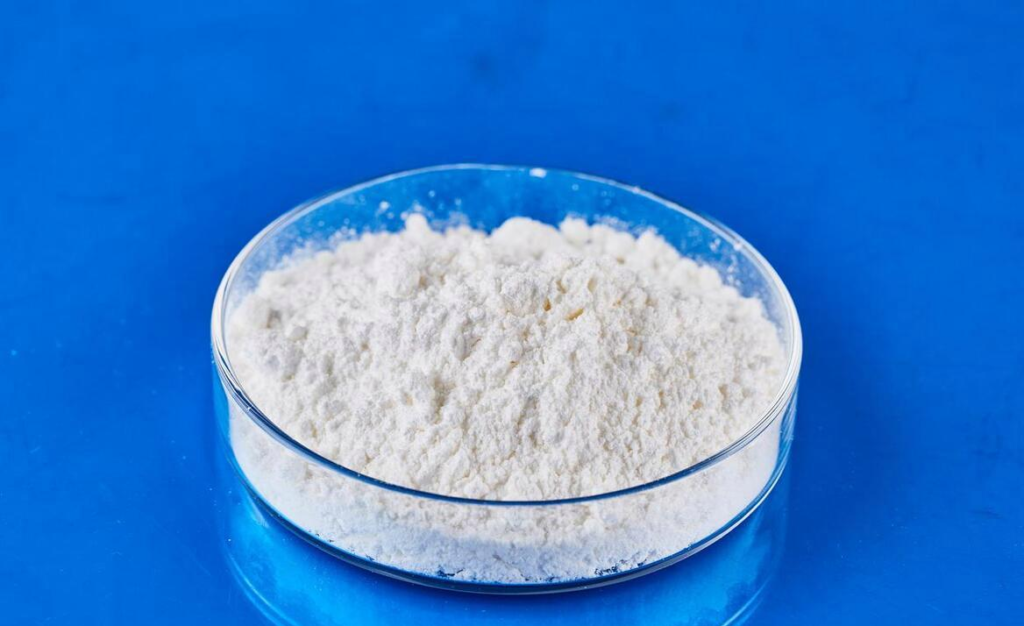Hebei Messi Biology Co., Ltd. stated that activity is not only an important physical and chemical property of magnesium oxide, but also an important indicator for measuring magnesium oxide used in rubber, plastic and other industries. Active magnesium oxide is mainly used as an activator and promoter for butyl rubber, chloroprene rubber, fluororubber, and nitrile rubber. It is also one of the main additives for paints, adhesives, plastics and other products. With the development of science and technology and economy, active magnesium oxide has been used more and more widely, and while the dosage is increasing day by day, the requirements for product activity are becoming more and more diverse.
Generally speaking, high-activity magnesium oxide is obtained by decomposing basic magnesium carbonate for a long time at low temperature. The furnace structure is special, the energy consumption is high, and the apparent specific volume of the obtained product is also large. In addition, microwave radiation is also used to prepare high-activity magnesium oxide with an iodine absorption value higher than 170mgI2/gMgO from light magnesium oxide. The apparent specific volume of this high-activity magnesium oxide is relatively small, at 2.5-3.3ml/g.

There are many methods for producing magnesium oxide in China, such as seawater-lime method, brine-soda method, brine-carbon-ammonia method, dolomite, magnesite-carbonization method, etc. Regardless of the production method, the activity of magnesium oxide is related to the production process. There are many factors affecting the activity, such as internal defects in the lattice, specific surface area, production method and other factors. Taking the brine-soda method as an example, the activity of magnesium oxide is closely related to the reaction temperature, pyrolysis temperature, reaction concentration (soda ash, brine), pressure, water control, dehydration time after pyrolysis, etc.
However, the control of the activity of magnesium oxide is mainly in the calcination process of the intermediate magnesium carbonate. Calcination at 600-700℃ can generate highly active magnesium oxide. At 650℃, the maximum activity is generated. The temperature of maximum activity depends on the heating time and heating rate, especially the temperature. Slow and continuous heating can provide maximum activity. The lattice of the newly active magnesium oxide is compact, has a high specific surface area, and is porous. The maintenance of the composition of magnesium carbonate constitutes high activity. Further heating will reduce the surface area and porosity, and the internal structure will sinter. At relatively high temperatures, dead burned magnesium oxide is produced. Decomposition kinetics verify that this process starts outside the crystal; thermodynamics explain that the properties of active magnesium oxide are the balance between the rate of active substances produced and the sintered magnesium oxide. Calcination of basic magnesium carbonate at 650℃ can produce extremely active magnesium oxide with a specific surface area of about 100m2/g. At 700℃, all magnesium oxide has been formed; above 700℃, the porous structure begins to shrink and the total area decreases. Secondly, when the oxide reaches the maximum amount, the specific surface area also reaches the maximum amount.
Research by Hebei Messi Biology Co., Ltd. shows that calcination temperature affects the activity of magnesium oxide. Calcination temperature, temperature rise rate, and residence time have a great influence on the continuous decomposition of carbonates. At 700℃, there will be a turning point of maximum rate, and the residence rate and time are related to the surface area of magnesium oxide. As the temperature rises, at 900-1000℃, calcination of basic magnesium carbonate produces low-activity magnesium oxide.
